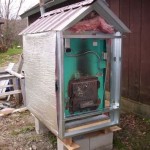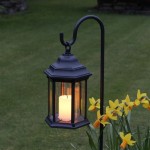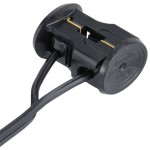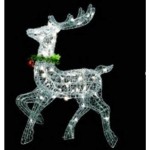How to Keep Your Outdoor Plants from Dying During Winter
With winter approaching, it is essential to take precautionary measures to protect your prized outdoor plants from the harsh winter elements. Here are crucial tips to ensure their survival and vigor come springtime:
1. Choose Winter-Hardy Plants:
Selecting plants suited for your climate is crucial. Research the USDA Hardiness Zone for your area and choose plants with a corresponding zone rating. This information will guide you towards plants naturally tolerant of your winter conditions.
2. Prepare the Soil:
Amending your soil with organic matter such as compost or manure improves drainage and soil health. Well-drained soil allows excess water to escape, preventing root rot during wet winters. Avoid overwatering, as soggy soil can suffocate roots.
3. Mulch Properly:
Cover the soil around your plants with a layer of organic mulch, such as straw, bark, or shredded leaves. Mulch insulates the soil, maintaining soil temperatures and protecting roots from freezing. A 3-4 inch layer is generally sufficient.
4. Protect from Wind:
Strong winds can desiccating and cause plants to lose moisture rapidly. Shield your plants by planting them in sheltered locations or using windbreaks such as fences, walls, or hedges. You can also wrap exposed plants with burlap or other protective materials.
5. Water Wisely:
While it may seem counterintuitive, watering your plants deeply but infrequently during the winter months is important. Deep watering encourages deep root growth and helps the soil retain moisture. Avoid overwatering, especially when the soil is already wet.
6. Prune with Care:
Prune away dead or diseased branches to improve air circulation and prevent disease. Avoid drastic pruning as it can weaken your plants in the face of winter stress. Remember, the goal is to protect and maintain, not drastically alter.
7. Fertilize Sparingly:
Fertilizing your plants in the winter is generally not necessary. Excessive fertilizer can stimulate new growth, which is susceptible to frost damage. If you choose to fertilize, use a balanced, slow-release fertilizer.
8. Consider Container Plants:
Container plants offer greater flexibility as you can move them to a sheltered location or even indoors during extreme cold. Make sure to use sufficient drainage holes and an appropriately sized pot.
9. Anticipate Late Season Pests:
Keep an eye out for pests and diseases that may linger or emerge during mild winters. Inspect your plants regularly and treat any infestations promptly to prevent damage.
10. Provide Shade:
Evergreens and broadleaf plants can benefit from shade during the winter months. Shade can reduce water loss and prevent sunscald, especially on the south-facing side of plants. Use burlap or shade cloth to create a protective cover.

Cold Weather Plant Protection Tips For Protecting Plants In Winter

7 Ways To Protect Your Plants From A Sudden Frost

How Do I Stop My Outdoor Plants Dying Over Winter

6 Ways To Protect Plants From Frost

How To Keep Plants From Dying In The Winter

Practical Tips For Covering Plants In Winter Do I Need To Jay Scotts Collection

3 Thrifty Ways To Keep Plants Cozy This Winter

How To Keep Your Plants From Dying During Cold Weather Kfox

Protecting Plants From Frost How To Prevent Damage The Old Farmer S Almanac

3 Ways To Keep Your Plants From Dying Wikihow Life
Related Posts







